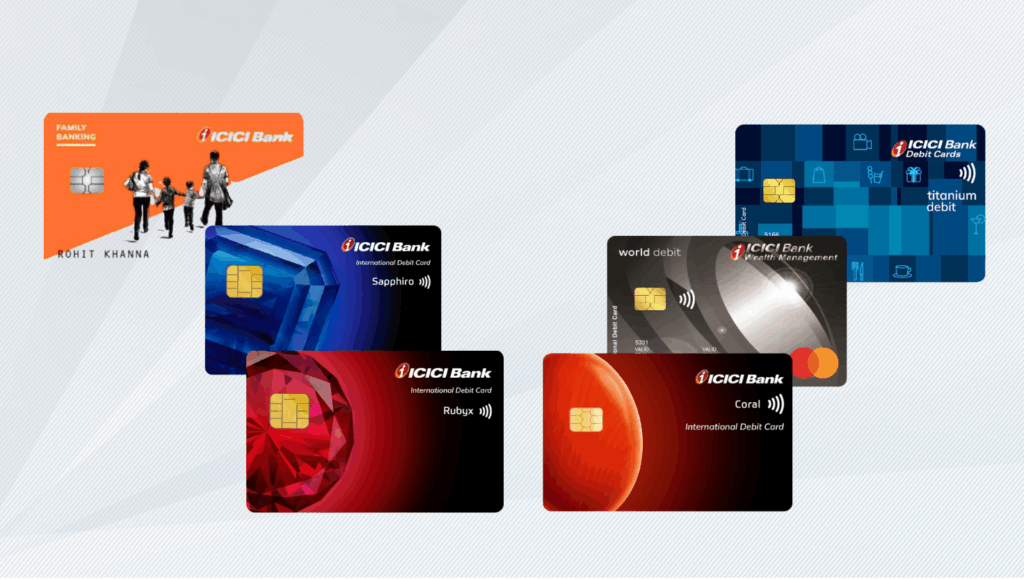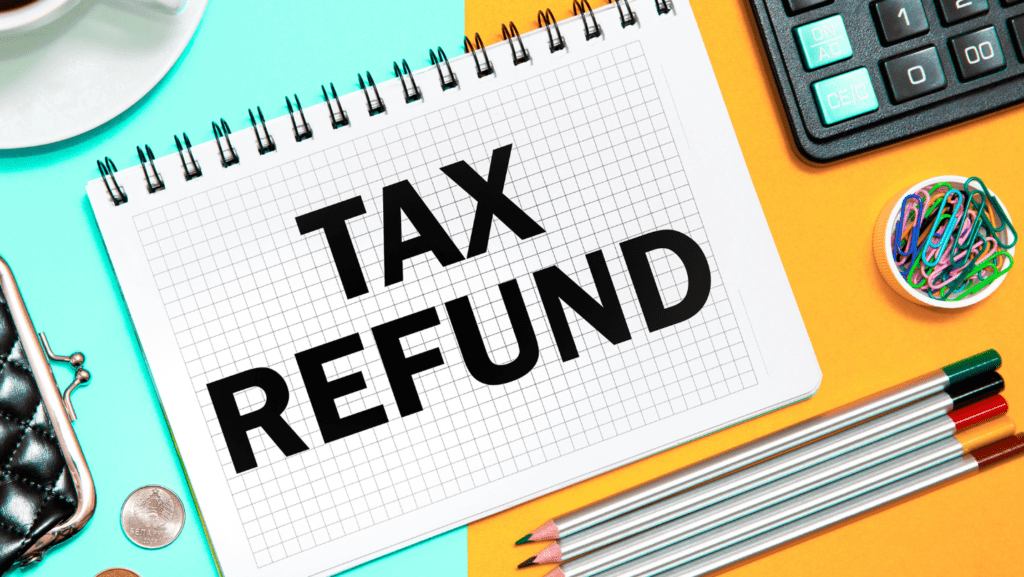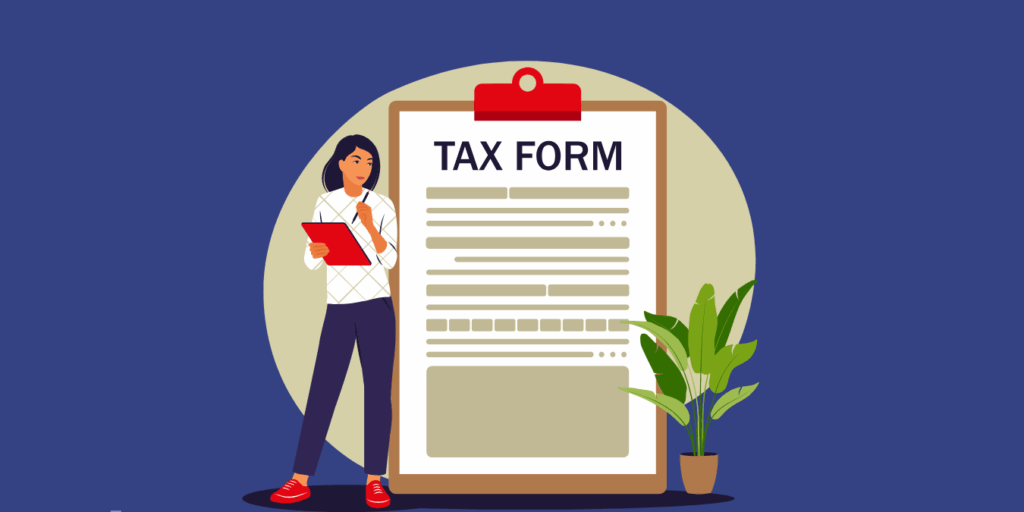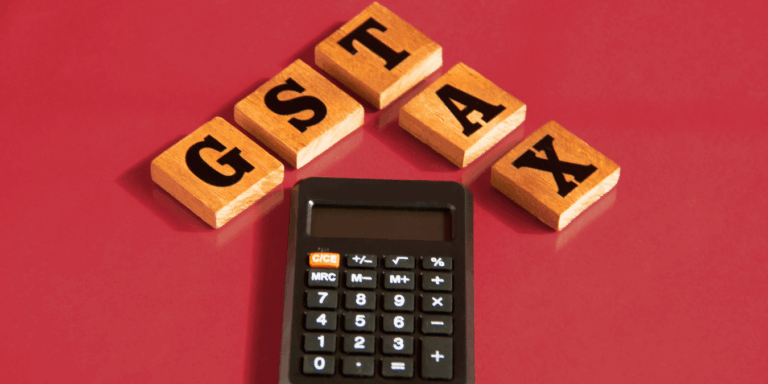
“How India’s new ₹12 lakh tax-free income will impact your family budget. Learn how to make the most of this change and achieve your financial goals.”
India’s Union Budget 2025, presented by Finance Minister Nirmala Sitharaman on February 1, 2025, has brought a wave of relief for middle-class taxpayers with its groundbreaking announcement: no income tax on earnings up to ₹12 lakh under the new tax regime. For salaried individuals, this tax-free threshold extends to ₹12.75 lakh when factoring in the ₹75,000 standard deduction. This landmark change, effective from the financial year 2025-26 (assessment year 2026-27), promises to reshape family budgets across the country. In this blog post, we’ll dive into how this new ₹12 lakh tax-free income slab impacts your household finances, with the latest data, practical examples, and actionable insights. Whether you’re a salaried professional, a small business owner, or a family planner, this guide will help you understand the ripple effects of India’s 2025 tax changes on your budget.
Understanding the New ₹12 lakh Tax-Free Income Policy
The Budget 2025 introduced sweeping reforms to the new tax regime, designed to simplify taxation and boost disposable income for middle-class families. Here’s a quick breakdown of the revised tax slabs under the new regime:
- ₹0 – ₹4 lakh: Nil
- ₹4 lakh – ₹8 lakh: 5%
- ₹8 lakh – ₹12 lakh: 10%
- ₹12 lakh – ₹16 lakh: 15%
- ₹16 lakh – ₹20 lakh: 20%
- ₹20 lakh – ₹24 lakh: 25%
- Above ₹24 lakh: 30%
Additionally, a tax rebate of ₹60,000 under Section 87A ensures that individuals earning up to ₹12 lakh face zero tax liability. For salaried individuals, the ₹75,000 standard deduction pushes this tax-free limit to ₹12.75 lakh. This is a significant jump from the previous threshold of ₹7 lakh (₹7.75 lakh with the standard deduction) in the FY 2024-25 budget, reflecting the government’s focus on easing the tax burden and stimulating consumption.
Key Highlights of the 2025 Tax Changes
- Zero Tax Up to ₹12.75 Lakh: Salaried taxpayers can earn up to ₹12.75 lakh annually without paying income tax.
- Marginal Relief: For incomes slightly above ₹12 lakh (up to ₹12.75 lakh), marginal relief ensures that the tax liability doesn’t exceed the income increment over ₹12 lakh.
- No Changes in Old Regime: The old tax regime remains unchanged, with a basic exemption limit of ₹2.5 lakh and higher tax rates but more deductions.
- Simplified Tax Laws: A new Income Tax Bill, expected to replace the 1961 Act, aims to reduce compliance complexity by 50-60%.
How Does This Affect Your Family Budget?
The new ₹12 lakh tax-free income policy directly increases your disposable income, which is the money left after taxes to spend or save. Let’s explore how this impacts different income groups and family scenarios with real-world examples.
1. Low to Middle-Income Families (Income Up to ₹12 Lakh)
For families where the primary earner makes less than ₹12 lakh annually, this change eliminates tax liability entirely. Consider a family of four in Mumbai, where the breadwinner earns ₹10 lakh per year as a mid-level IT professional.
- Pre-Budget 2025 Tax: Under the old regime, with deductions like ₹1.5 lakh under Section 80C and ₹50,000 standard deduction, taxable income would be ₹8 lakh. Tax liability: ₹52,500 (excluding cess). Under the new regime (FY 2024-25), tax would be ₹25,000 (rebate up to ₹7 lakh).
- Post-Budget 2025 Tax: Under the new regime, taxable income after the ₹75,000 standard deduction is ₹9.25 lakh. With the ₹60,000 rebate, tax liability drops to ₹0.
Impact: This family saves ₹25,000-₹52,500 annually, translating to an extra ₹2,083-₹4,375 per month. This could cover utility bills, school fees, or even a small weekend getaway.
2. Salaried Professionals (Income ₹12 Lakh – ₹15 Lakh)
For salaried individuals earning slightly above ₹12 lakh, the combination of revised slabs, rebate, and marginal relief offers substantial savings. Take Rajesh, a 35-year-old marketing manager from Bengaluru earning ₹14 lakh annually.
- Pre-Budget 2025 Tax: Under the new regime (FY 2024-25), taxable income after ₹75,000 deduction is ₹13.25 lakh. Tax: ₹83,200 (including 4% cess).
- Post-Budget 2025 Tax: Taxable income: ₹13.25 lakh. Tax calculation: ₹61,500 (₹4 lakh @ 0%, ₹4 lakh @ 5%, ₹4 lakh @ 10%, ₹1.25 lakh @ 15%). With marginal relief (income over ₹12 lakh is ₹2 lakh, tax capped at ₹63,750), final tax: ₹63,750 (including cess).
Impact: Rajesh saves ₹19,450 annually, or ₹1,621 monthly. This could fund an emergency savings account or reduce reliance on credit for discretionary spending.
3. High-Income Earners (Income Above ₹20 Lakh)
Even higher earners benefit from the new 25% slab for incomes between ₹20 lakh and ₹24 lakh. Consider Priya, a senior consultant in Delhi earning ₹25 lakh annually.
- Pre-Budget 2025 Tax: Taxable income after ₹75,000 deduction: ₹24.25 lakh. Tax: ₹4,57,000 (including cess).
- Post-Budget 2025 Tax: Tax: ₹3,43,000 (including cess), a saving of ₹1,14,000 annually.
Impact: Priya gains an extra ₹9,500 per month, which could go toward investments, a child’s education fund, or luxury purchases.
Broader Financial Implications for Your Family
Beyond direct tax savings, the ₹12 lakh tax-free income policy influences your family budget in several ways:
1. Increased Disposable Income
With no tax up to ₹12.75 lakh, families have more money to allocate toward essential expenses (housing, groceries, healthcare) or discretionary spending (travel, gadgets, dining out). This aligns with the government’s goal of boosting household consumption, which drives 60% of India’s GDP.
2. Savings and Investment Opportunities
The extra cash can be channeled into savings or investments:
- National Pension System (NPS): Salaried individuals can contribute up to 14% of their basic salary (tax-deductible under Section 80CCD(2)), pushing the tax-free limit to ₹13.7 lakh.
- Mutual Funds: Invest tax savings in equity funds for long-term wealth creation.
- Emergency Fund: Build a 6-month expense buffer with the additional income.
3. Impact on Loan Repayments
For families with home or education loans, the extra disposable income can accelerate debt repayment, reducing interest costs over time. For instance, an additional ₹2,000 monthly toward a ₹20 lakh home loan (7% interest, 20 years) could save ₹1.5 lakh in interest and shorten the tenure by 2 years.
4. Inflation and Cost of Living
While tax savings are a boon, India’s inflation rate (projected at 4-5% in 2025) may erode purchasing power. Families should adjust budgets to account for rising costs of essentials like food, fuel, and education.
Old vs. New Tax Regime: Which Suits Your Family?
The choice between the old and new tax regimes depends on your income, deductions, and financial goals. Here’s a comparison:
Old Tax Regime
- Exemption Limit: ₹2.5 lakh
- Tax Slabs: 5% (₹2.5-5 lakh), 20% (₹5-10 lakh), 30% (above ₹10 lakh)
- Deductions: ₹1.5 lakh (Section 80C), HRA, home loan interest, etc.
- Best For: Families with high deductions (>₹3.75 lakh).
New Tax Regime
- Exemption Limit: ₹4 lakh (effectively ₹12 lakh with rebate)
- Tax Slabs: Lower rates, no deductions except ₹75,000 standard deduction and NPS.
- Best For: Families with low or no deductions.
Example: A family earning ₹13 lakh with ₹2 lakh in deductions saves more under the old regime (tax: ₹62,400 vs. ₹63,750 in the new regime). Without deductions, the new regime wins (tax: ₹0 up to ₹12.75 lakh).
Practical Tips to Maximize Tax Savings
- Leverage NPS: Contribute to NPS to extend your tax-free income to ₹13.7 lakh.
- File ITR Correctly: Claim the ₹60,000 rebate and ₹75,000 deduction by filing under the new regime.
- Budget Wisely: Allocate tax savings to high-priority areas like debt repayment or investments.
- Explore Marginal Relief: If your income is just above ₹12 lakh, ensure you benefit from this provision.
Economic Context and Future Outlook
The ₹12 lakh tax-free income policy is part of a broader strategy to revive consumption amid a post-pandemic slowdown. The government expects income tax revenue to rise to ₹14.3 lakh crore in FY 2025-26, up 14.4% from ₹12.5 lakh crore in FY 2024-25, despite forgoing ₹1 lakh crore in tax revenue. This reflects confidence in higher spending driving economic growth.
Looking ahead, the simplified tax bill (expected in 2025) and increased TDS/TCS thresholds (e.g., TCS on remittances raised to ₹10 lakh) will further ease compliance, benefiting families planning overseas education or travel.
Data and Statistics
To understand the impact of the increased tax-free income limit, let’s look at some data and statistics:
- According to a report by the National Statistical Office (NSO), the average monthly household income in India is ₹43,811.
- A study by the Indian School of Business (ISB) found that the average Indian household saves around 20% of its income.
- With the increased tax-free income limit, it is estimated that individuals and HUFs will save around ₹15,000 to ₹20,000 per annum, depending on their income slab.
Tax-Free Income Will Revolutionize Your Family Budget
India’s new ₹12 lakh tax-free income policy is a game-changer for family budgets in 2025. Whether you’re saving ₹25,000 or ₹1.1 lakh annually, this reform puts more money in your pocket, offering flexibility to spend, save, or invest. By understanding the new tax slabs, leveraging deductions like NPS, and aligning your budget with these changes, you can optimize your household finances. Stay informed, plan strategically, and make the most of this middle-class-friendly reform.
-

Indian Stock Market Trends: Sensex at 85k, Nifty Holds 26k – What’s Next for 2025?
-

The $68 Billion Rupee Trap: How Stablecoins Could Silently Hijack India’s Financial Freedom
-

Why Your Safe Salary is Actually the Most Dangerous Gamble of 2025
-

The ₹1 Crore Trap: Why High Earners Are the New “Poor” and How to Escape!





























